Does Metal Ductwork Need to Be Insulated?
To prevent mould, fresh air should always be introduced into your dwelling daily, as it helps to regulate temperature and reduce condensation. Introducing fresh air can be as simple as having a ventilation routine, or installing extractors or PIV systems.
In this blog, we will be answering the question ‘Does metal ductwork need to be insulated?’
On some occasions, ducting should be insulated, doing this can save the efficiency and overall health of your ducting. In this blog, we will be explaining the effects of uninsulated ducting, along with explaining the basics of ducting, and the benefits of metal ducting.
I-Sells is here to provide the answers you need whilst also supplying you with all the information you need to combat mould and have a well-ventilated home.
The Basics of Ducting
The ducting system is a series of interconnected hollow tubes dedicated to the movement of air, ducting pipes can come in different sizes and as previously mentioned, in different shapes, each of which has its benefit.
Ducting pipes can be as long or as short as required by the space it is occupying. Additionally, ducting can be created from different materials, as we will highlight below.
Ducting is used to facilitate the process of ventilation, ducting systems may vary, but generally are made from plastic or metal & made into the piping which intakes air from the room it is in & expels it outside.
Ducting is also known to be used to transport gasses that can be toxic. (in an industrial environment for example) In some cases, natural ventilation of these gasses can prove fatal.
The main purpose of ventilation is to introduce outdoor air into a dwelling, building or room being evenly distributed. Its general purpose is to allow “healthy” air for breathing & diluting pollutants that may be present in the dwelling, building or area.
No Ducting means more mould
Mould reproduces from tiny spores. The spores float through the air and deposit on the surfaces. Under adequate temperature, moisture, and nutrient conditions, the spores can form new mould colonies.
condensation is not the only cause of mould, it can occur from leaks in the structure of a building too. Ducting and ventilation can help prevent an environment necessary for mould to develop, along with a ventilation routine.
Mould can severely affect your immune and respiratory system, as the spores are easily breathable and not obvious to see through the human eye.
If you have found mould in your home, you need to assess if this is your landlord’s responsibility (for example it could be from a leaking roof that needs repairing). Or if the dampness is caused by improper ventilation. To assess your options, click here.
Explaining Metal Ducting
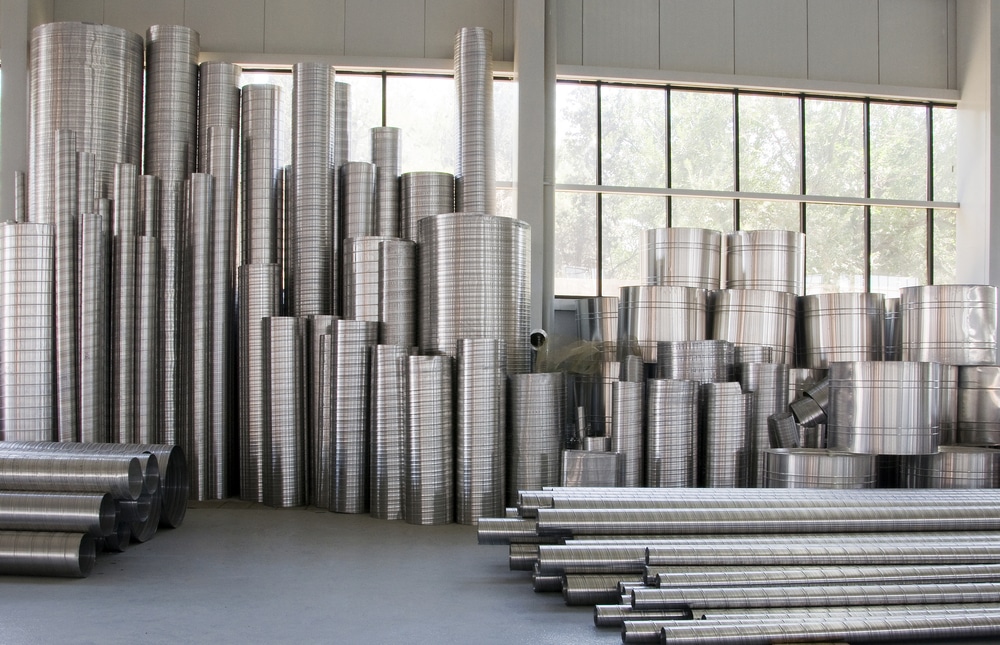
Metal ducting is ideal for ventilation systems set up in hotter environments, an example being a cooker hood. Metal ducting is also a popular choice for spaces and environments with air rich in certain compounds that could be hazardous or damaging to standard choices.
HVAC experts and engineers typically choose to rely on stainless steel for aggressive environments, where corrosion is highly likely.
We provide round ductwork fittings and accessories in a large range of diameters to suit all purposes including HVAC systems and extractor fans. Our metal ductwork is manufactured from high-quality galvanised Aluminium.
The benefits of metal ducting are as follows:
- It can be used in rooms that have appliances that emit a lot of heat
- High-quality galvanised aluminium ensures long-lasting function
- Ideal for industrial environments
- Can be insulated.
Does metal ductwork need to be insulated?
Yes, in most cases metal ductwork should be insulated.
The naturally hot and dry climate within a duct naturally makes it difficult for mould to thrive if a duct becomes unsealed. If there is a dramatic change in the duct’s environment that causes humidity, mould can grow within it.
To prevent this possibility, you must make sure your ducting is sealed securely and free from any cracks or holes that compromise its efficiency. You must also make sure the area the ducts are installed is free from free-flowing water or leaks.
One of the most effective options to help your ducting maintain a mould-free environment is by applying duct wrap insulation. As the UK’s leading provider of ducting, it is only natural that we also offer duct wrap insulation.
Our Duct wrap insulation helps to control condensation build-up and heat loss. In cooler areas of the property such as roof cavities and lofts up to 30% of the heat can be lost, resulting in increased heating bills.
Our fire-rated duct wrap is manufactured from 25mm or 50mm thick Rockwool/ fibreglass and is 1.2m in Width x 13.5m per roll. It can be used on internal and exterior applications when used with an appropriate weatherproofing jacket.
You must make sure your ducting is sealed securely and free from any cracks or holes that compromise its efficiency. You must also make sure the area the ducts are installed is free from free-flowing water or leaks.
What happens to a duct if it grows mould?
If ducting has mould growing within it, it presents a dangerous health hazard as the spores can spread amongst the whole ventilation system and the dwelling it operates in. As a result, you may have to completely replace the venting system/ ductwork depending on the severity.
Does all ducting have to be insulated
Ducting should be insulated at its joints to avoid any leakage as standard. Ducting throughout the house does not have to be insulated unless it is in an unconditioned room, such as a basement.
Having insulated ducting in unconditioned areas avoids condensation. Aside from the insulation we offer, there is some ducting that comes pre-insulated.
Are Metal ducts the best?
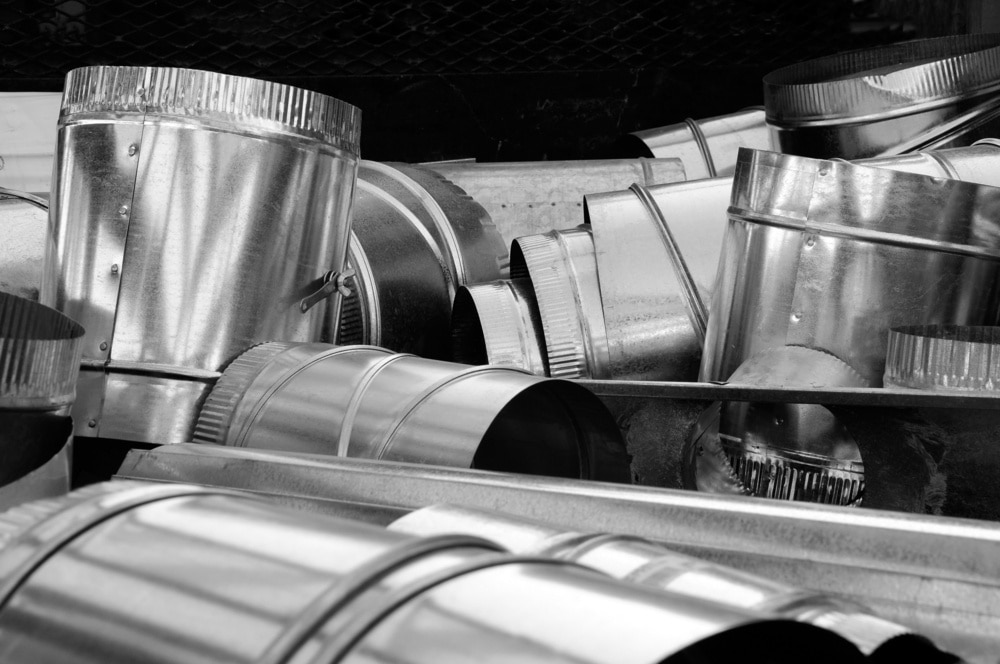
Metal ducting is better than plastic in certain situations. Some pros and cons make metal ducts better. However, this doesn’t make them the best option available.
Metal ducts are generally suited to industrial environments in which hot air, or air may contain chemicals that need to be ventilated. Metal ducting handles these situations with little to no problem. Metal ducting can also be used in homes in areas where heat would be emitted such as a cooker hood.
Where can I buy metal ducting?
Alongside being a provider of mould solutions such as extractor fans and PIV systems, I-Sells also provide ducting for those looking to buy and install their ducting themselves.
We provide round ductwork fittings and accessories in a large range of diameters to suit all purposes including HVAC systems and extractor fans. Our metal ductwork is manufactured from high-quality galvanised Aluminium.
If you have any questions about our ducting or if it would be appropriate for your project, please don’t hesitate to get in touch with us so we can direct you in the best possible way for all of your ducting needs.
Buy Ductwork insulation today
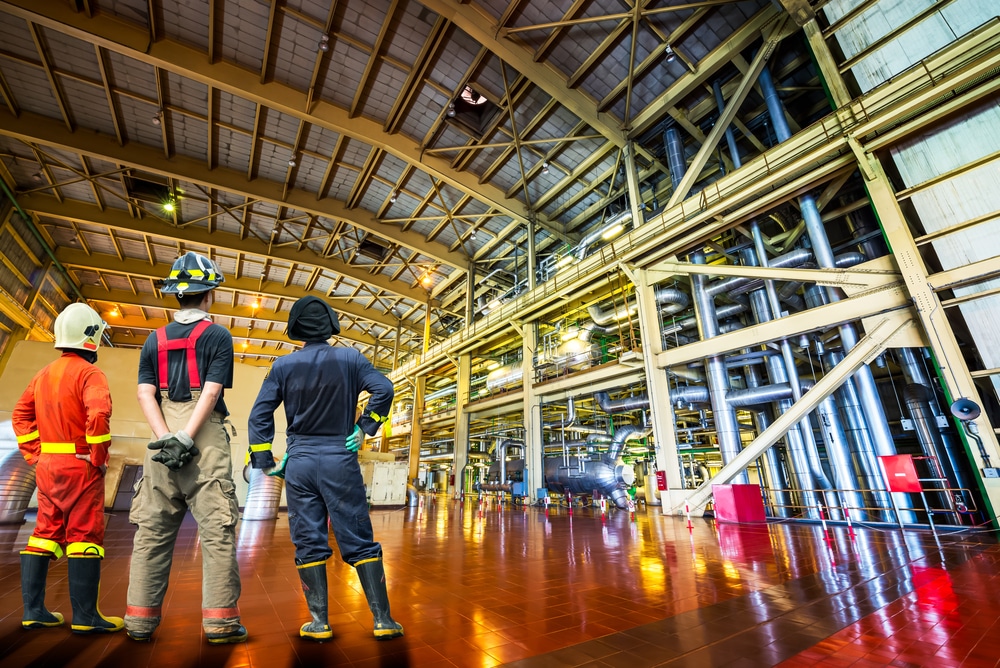
We at I-Sells endeavour to make sure our customers have all the information they need before choosing to invest in our mould solutions. Be sure to visit our blog page to gain knowledge on the wide array of factors and issues surrounding ventilation, mould, condensation, and much more.
We hope to have answered the question ‘Does Metal Ductwork need to be insulated?’
We understand you may have more questions, Please do not hesitate to contact us for more information with regard to whatever you may need our help with. If you’d like to send us an email, click here. For other contact options, see below:
Call us on 020 8463 9696
Visit us at our showroom:
*OPENING TIMES*
Monday – Friday: 8:00 am to 5:30 pm
Saturday: 9:00 am to 12:00 pm
Sunday: Closed
15 St John’s Parade
Sidcup, Kent
DA14 6ES
United Kingdom

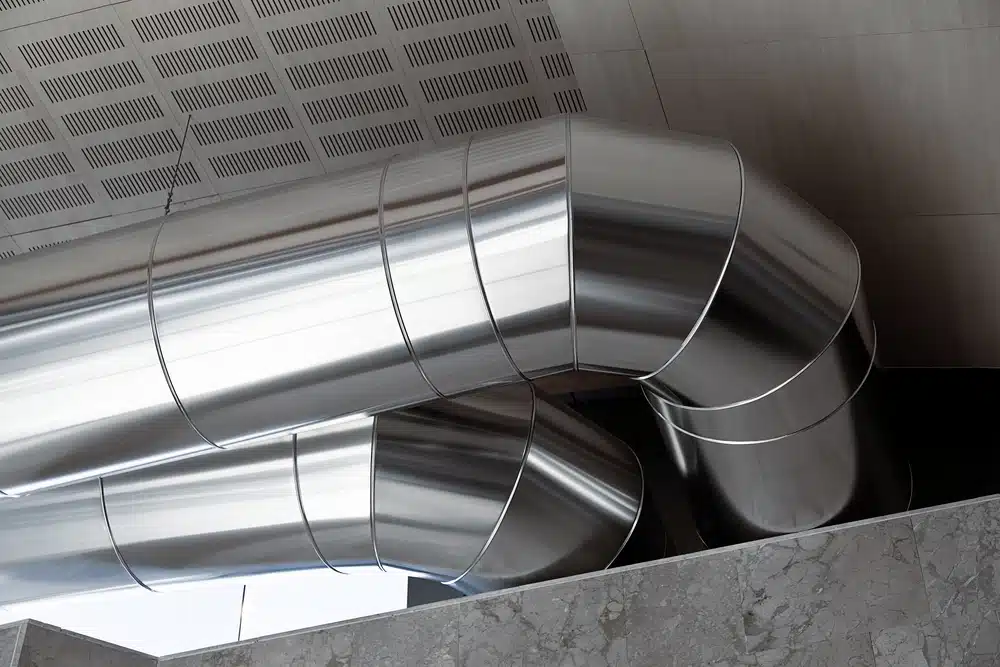

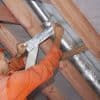
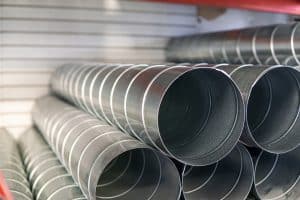
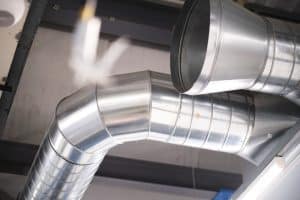

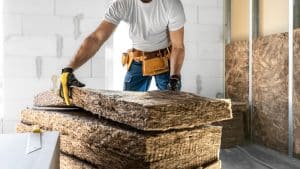
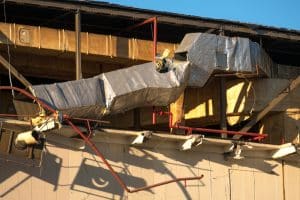




















Add comment
You must be logged in to post a comment.